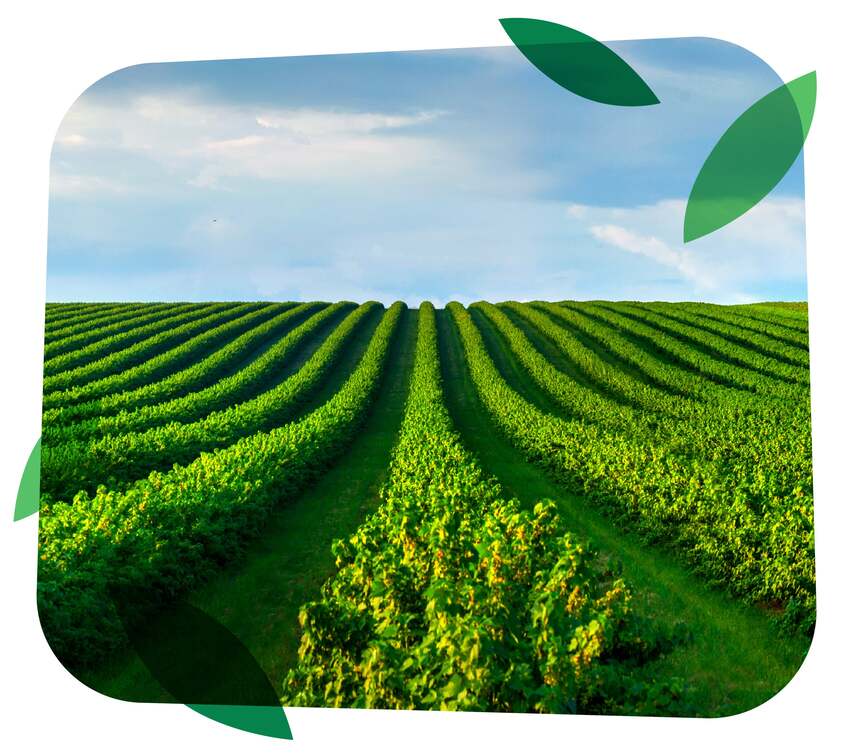1. Tomato crop guide: Dynamics of nutritional requirements
Nitrogen and potassium uptake is initially slow but rapidly increases during the flowering stages.
| Uptake rate (g/plant) |
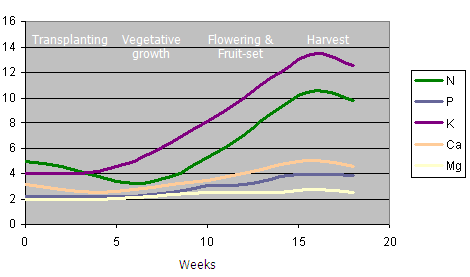 |
| Uptake rate (kg/ha/day) |
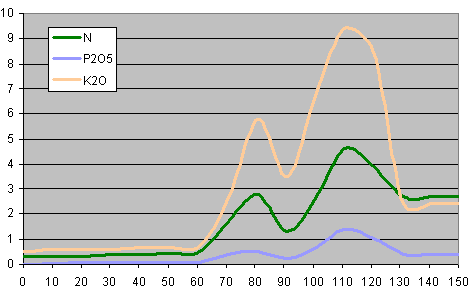 |
|
Days after planting |
As can be seen in figures 5 and 6, the greatest absorption of nutrients occurs in the first 8 to 14 weeks of growth, and another peak takes place after the first fruit removal. Therefore, the plant requires high nitrogen application early in the growing season with supplemental applications after the fruit initiation stage. Improved N use efficiency and greater yields are achieved when N is applied under polyethylene mulches via a drip irrigation system. At least 50 % of the total N should be applied as nitrate-nitrogen (NO3- ).
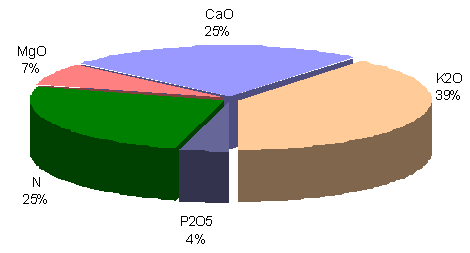
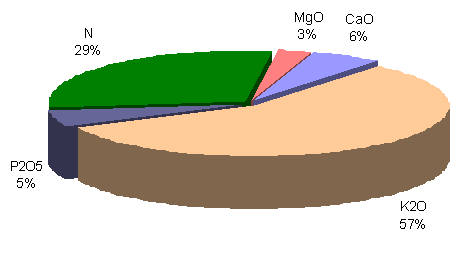
Need more information about growing tomatoes? You can always return to the tomato fertilizer & tomato crop guide table of contents


